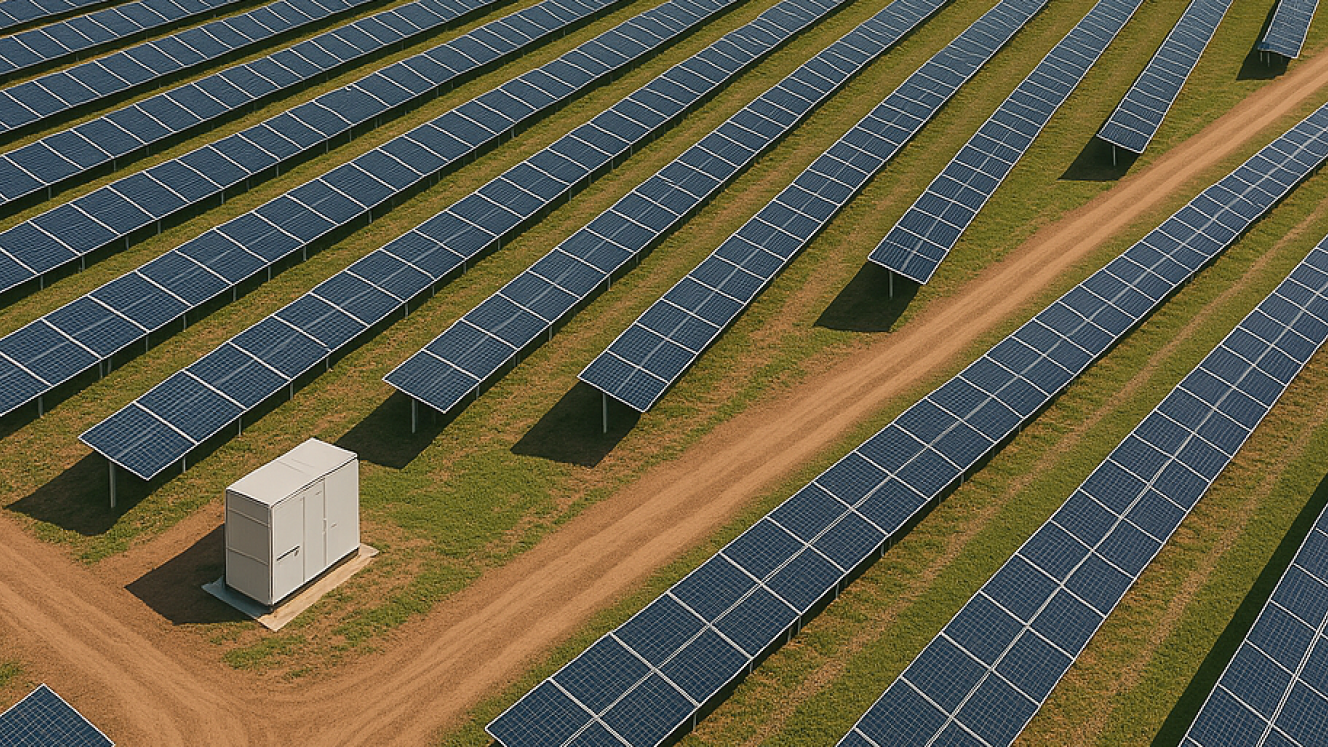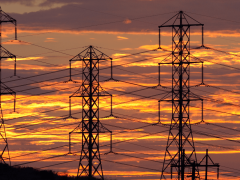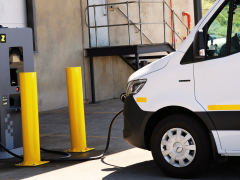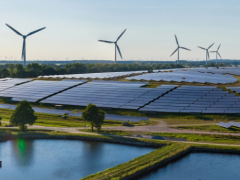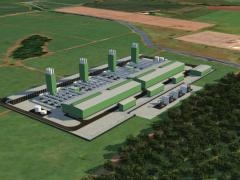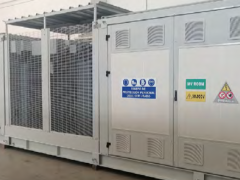With just over 2 200 GW of installed solar photovoltaic (PV) capacity today, the world still needs to add 3 300 GW by 2030 to meet global targets. Design automation could help bridge this gap faster, says Paul Nel, CEO of 7SecondSolar.
The world is set to add 600 GW of new solar PV capacity to the global energy mix this year. That’s more than 10 times the rate of development in 2016. The International Energy Agency forecasts that, globally, we will add over 5 500 GW of renewable energy by 2030 and that new solar capacity added between now and 2030 will account for 80% of this growth by the end of this decade.
Looking at our current position and the rapidly declining costs of solar tech, it’s easy to get excited about the future. But, between 2025 and 2030, we still need to bridge a 3 300 GW gap in capacity considering that, globally, we currently have just over 2 200 GW of installed solar PV capacity.
Given the scale of utility-scale solar projects, they can take months – or even years – to move through feasibility assessments, design, environmental authorisations and investor approvals.
In the past 15 years, the cost of utility-scale solar has dropped by 90% from US$0,40 per kWh to less than US$0,04. Solar is already more cost-effective than coal. Within a five-year window, solar will surpass nuclear, wind, hydro and gas in electricity generation. By 2032, solar could out-produce coal-fired plants altogether. The production costs of coal, oil and gas have all remained quite volatile with many fluctuations in recent years yet they have never trended downwards.
Considering the declining costs of solar and the availability of this resource, this is likely the most viable sector to develop.
What are the bottlenecks?
Over the next five years, US$27 billion will be spent on designing utility-scale solar projects. This translates to roughly 250 000 work years – requiring 50 000 engineers to keep pace. Despite this massive investment of time and resources, every megawatt of solar is typically designed only once due to the complexity and challenge of producing further design iterations. This leaves little room for optimisation or value engineering.
With 50 000 engineers working on traditional designs, human error alone could drive up construction costs and impact long-term performance.
As with every utility-scale solar project, there will be inevitable changes to project parameters and equipment selection and extensive redesign work becomes a given. This can add months to the timeline.
The bottom line: traditional utility-scale design takes a lot of time, costs a lot of money and, even with the top energy engineers, human error always leads to impacted costs and energy yields.
The case for design automation
Design automation can help solar developers explore multiple feasible layouts in a short space of time, reducing the time spent rerouting cables, adjusting inverter placements or recalculating losses when project parameters shift.
In one recent 214 MW utility-scale solar project, eight different design iterations were developed to evaluate the impact of minor configuration changes, such as corridor widths and the placement of string inverters, on the final layout. The results were striking: one design delivered a potential saving of US$1 million in cable costs while another offered an increase of US$50 000 in annual revenue due to reduced DC losses. All eight constructible designs, including detailed AutoCAD drawings with exact cable routings and inverter placements, were produced in a single morning using computational design tools.
This level of automation gives engineers the ability to test multiple configurations rapidly during the feasibility stage and beyond. Instead of spending months re-routing and re-drawing layouts in response to equipment changes or updated site data, teams can generate new iterations within hours, significantly reducing design timelines and increasing confidence in project economics.
The 2030 milestone
The year 2030 is the target for multiple national and international sustainability goals, including Sustainable Development Goal 7 (affordable and clean energy), which calls for universal access to electricity and a significant increase in the share of renewables.
In January this year, 12 African countries pledged to support the Mission 300 initiative aiming to extend electricity access to 300 million people across the continent by 2030.
Universally, 2030 seems to be the preferred year so, with five years to go, let’s see if we can meet the 5 500 GW target with faster design and more scalable utility-scale solar.
